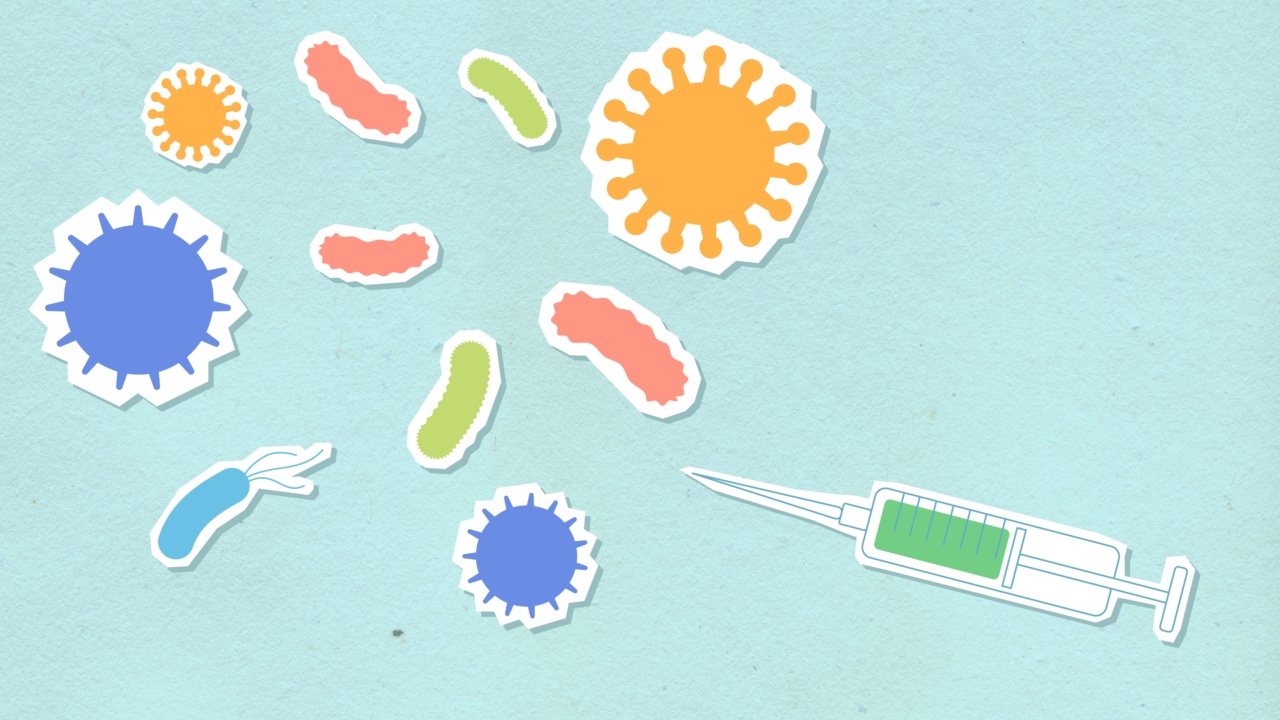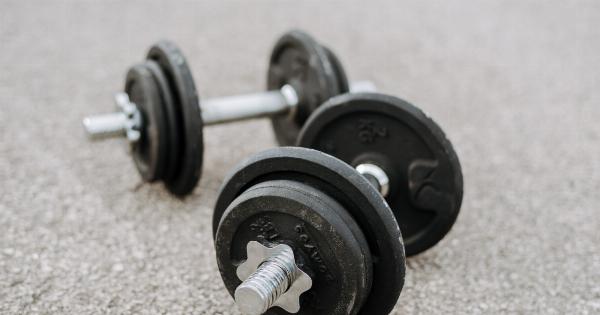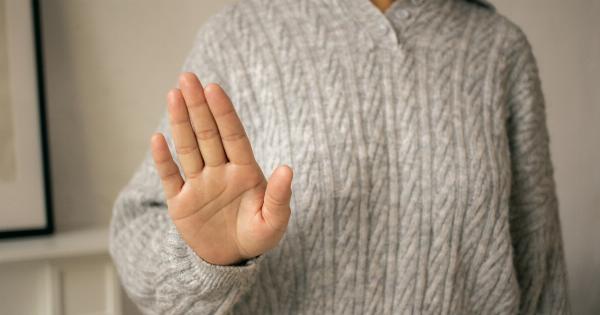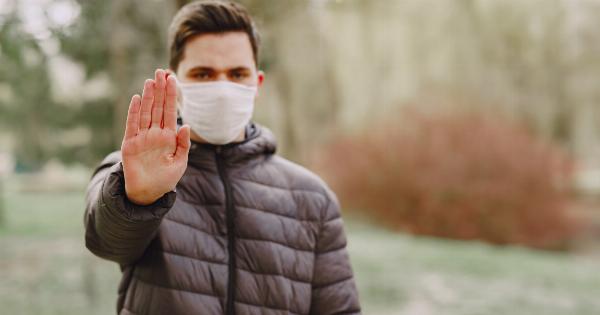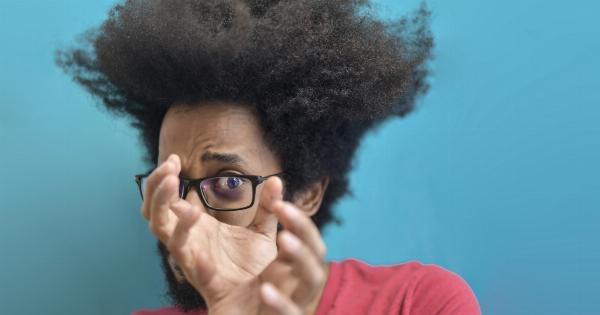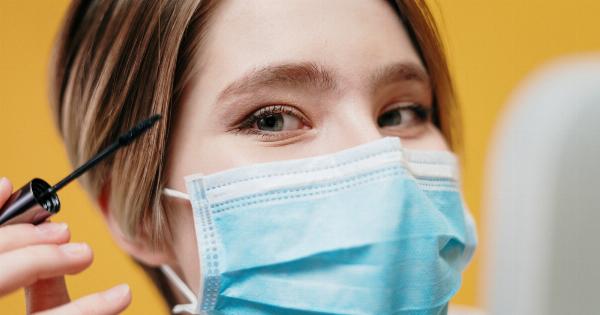The COVID-19 pandemic has brought significant changes to our daily lives.
Along with the constant reminders of wearing masks and practicing social distancing, experts are now suggesting that wearing glasses could also help prevent the spread of the virus. While glasses are primarily used to correct vision, recent studies have shown that they offer an additional layer of protection against COVID-19.
In this article, we will explore how glasses can help prevent the spread of the virus and why they should be considered as an essential part of our protective measures.
The Role of Glasses in Protecting Against COVID-19
According to the World Health Organization (WHO), COVID-19 is primarily spread through respiratory droplets that are released when an infected person coughs, sneezes, talks, or breathes heavily.
These droplets can enter another person’s body through the nose, mouth, or eyes. While masks provide adequate protection for the nose and mouth, they leave the eyes vulnerable to potential infection. This is where glasses can play a crucial role.
Glasses act as a physical barrier, preventing respiratory droplets from reaching the eyes. Without glasses, these droplets can easily make contact with the eyes, leading to potential infection.
Therefore, wearing glasses in addition to masks can significantly reduce the risk of contracting COVID-19 through ocular transmission.
Evidence Supporting the Use of Glasses for Protection
Several scientific studies have highlighted the importance of wearing glasses as part of preventive measures against COVID-19.
A study conducted by the American Academy of Ophthalmology found that individuals who wear glasses and contract the virus show milder symptoms compared to those without glasses.
Another study published in The Lancet demonstrated that the eyes could serve as an entry point for the virus.
The study reported that the virus was present in the tears of COVID-19 patients, indicating that the eyes could be a potential source of transmission.
Additionally, a research article published in JAMA Ophthalmology found that COVID-19 patients had a higher prevalence of conjunctival congestion, a condition characterized by redness and inflammation of the outermost layer of the eye.
This further supports the idea that the virus can affect the eyes and emphasizes the need for eye protection.
Types of Glasses for Protection
While any type of eyewear can provide some level of protection, certain types of glasses are more effective in preventing the spread of COVID-19. Here are a few common options:.
1. Prescription Glasses:
Individuals who already wear prescription glasses have an advantage, as their glasses offer an additional layer of protection.
However, it is important to note that glasses should be cleaned regularly using soap and water or alcohol-based wipes to remove any potential viral particles.
2. Sunglasses:
Sunglasses with wraparound frames provide better coverage for the eyes and offer protection against respiratory droplets from various angles. They are particularly useful when it is not possible to maintain a safe social distance.
3. Safety Glasses:
Safety glasses are designed to provide protection in hazardous environments, making them suitable for use during the pandemic.
These glasses have a close-fitting design that shields the eyes from respiratory droplets, offering an added layer of protection.
Tips for Using Glasses Effectively
To maximize the effectiveness of glasses in preventing the spread of COVID-19, here are some important tips to keep in mind:.
1. Wear Glasses Properly:
Ensure that your glasses are positioned correctly, covering both eyes completely. Avoid pushing them down to the tip of your nose, as this can create gaps that allow droplets to enter.
2. Clean Glasses Regularly:
Regularly clean your glasses with soap and water or alcohol-based wipes. This helps remove any potential viral particles that may have settled on the lens or frame.
3. Avoid Touching Your Face:
Wearing glasses can act as a reminder to avoid touching your face unnecessarily. Touching your eyes, nose, or mouth with contaminated hands can increase the risk of infection.
4. Combine Glasses with Other Protective Measures:
Glasses should be used in addition to other preventive measures, such as wearing masks, practicing social distancing, and maintaining good hand hygiene. These measures work synergistically to minimize the risk of COVID-19 transmission.
Conclusion
Wearing glasses can provide an extra layer of protection against COVID-19 by acting as a physical barrier, preventing respiratory droplets from reaching the eyes.
Scientific evidence supports the use of glasses for protection, as they reduce the risk of ocular transmission and show milder symptoms in those who wear them. Prescription glasses, sunglasses with wraparound frames, and safety glasses are among the recommended options for eye protection.
To effectively use glasses, they should be worn properly, cleaned regularly, and combined with other preventive measures like wearing masks and practicing good hand hygiene. By incorporating glasses into our protective measures, we can further reduce the spread of COVID-19 and contribute to the well-being of ourselves and our communities.
